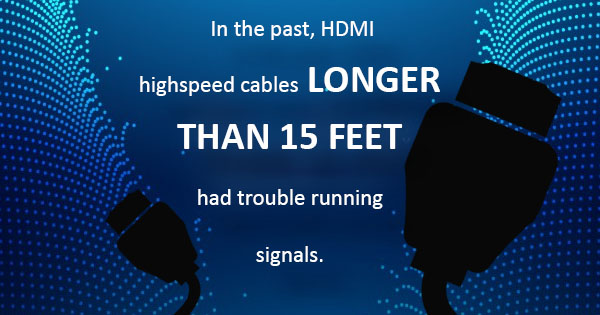Smartphones don’t last forever; research shows the typical smartphone lasts for about two years. Over time, wear, tear, muck and grime takes its toll on your mobile device, causing it to lose functionality. In fact, every square inch of your phone carries about 25,000 germs, making it dirtier than the bottom of your shoe or even your toilet seat.
When your phone and cell phone cables reach the end of their lives, they can pose serious health and safety risks. For instance, damaged and frayed phone charging cables can be a fire hazard. In 2008, electrical failures and malfunctions resulted in approximately 53,600 home fires that caused over 500 deaths.
So, how do you know if your smartphone, phone cables, or USB cables are reaching the end of their lifespans? Keep an eye out for the following warning signs.
-
Warm to the touch: Your phone’s rechargeable battery will inevitably get warmer as it charges; however, it should be able to internalize the heat, keeping it from feeling noticeably hot. If your smartphone does begin to feel hot, it may need a new battery.
Unresponsive buttons: If the external buttons on your smartphone stop working or are severely lagging, you definitely have a problem. This may be a malfunction in the phone itself or in the charging device.
Fraying: Do you see obvious damage to the USB cable? If you notice that the cord is bent or fraying, it is probably time to replace it. Damage is not always visible, though, so try plugging the cable into a USB port on a computer rather than using the wall adapter to determine the source of the problem.
Whether it be your smartphones, bulk USB cables, tablet, USB 3 cables, e-reader, or what-have-you, you need to replace your electronics every now and then. Overused devices and cables can be dangerous if you are not careful.
If you have any questions about the lifespan of a phone or getting bulk USB cables to replace what you have, feel free to share in the comments.




